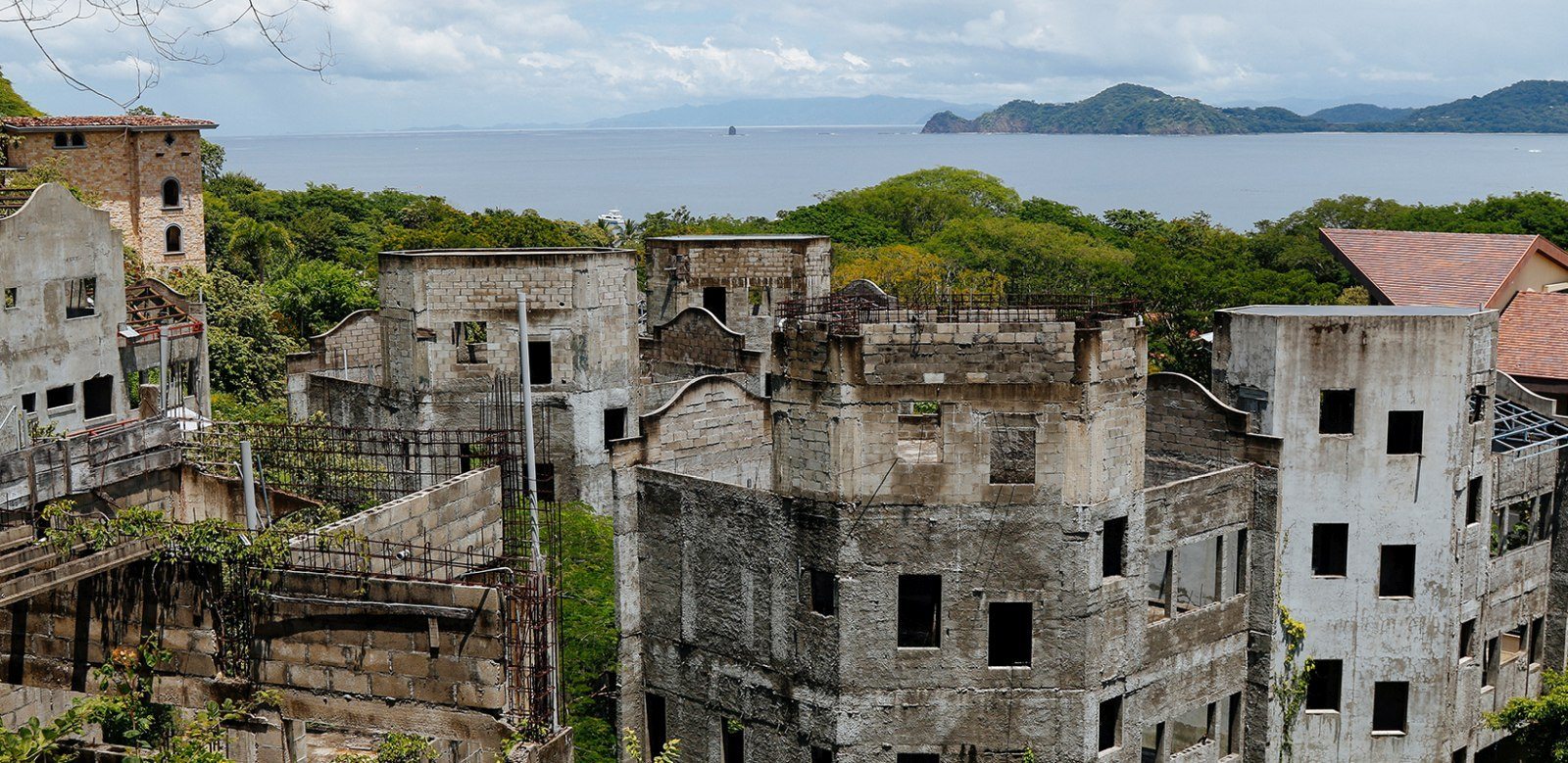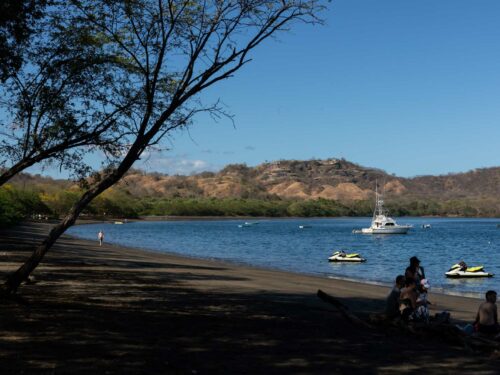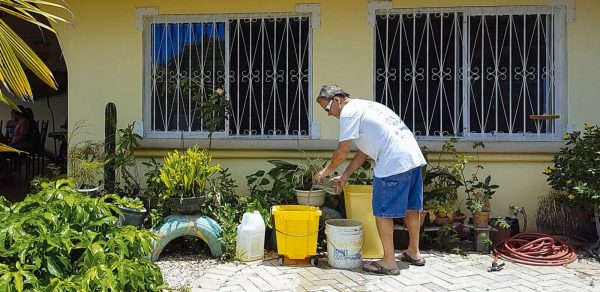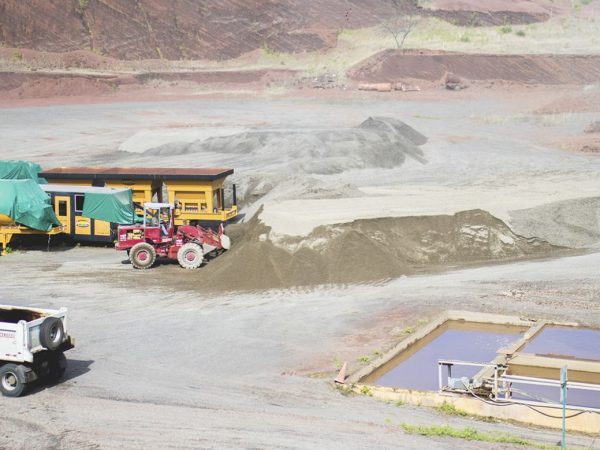
The school uniforms worn by Fabiola Vallejos’s children are discolored from excess chlorine in the water at their Playa Hermosa home – when there is water; María del Rocío Larín couldn’t build an apartment for her daughter because she was denied a water-availability permit after she had already purchased the land; and veterinarian Ilma León can’t groom her customers’ French poodles.
Occupants of every Playa Hermosa home – big or small – have a story to tell about water shortages. They are now urging government officials to find a quick solution to their problems, yet no short-term fixes seem to be on the horizon.
Officials from the Costa Rican Water and Sewer Institute, or AyA, have promised to install a well desalination plant that would begin operating in December. Before that happens, two decrees must be passed that currently are holding up the process. Those decrees would allow AyA to use water from salinized aquifers only during emergencies, such as the current shortage, AyA Executive President Yamileth Astorga told The Voice of Guanacaste in an interview.
“We are doing this with the CNE (National Emergency Commission) so that it will be faster, because if we do it ourselves it must pass through the Comptroller General’s Office, and then SETENA (National Technical Secretariat of the Environment Ministry). Right now, if there’s a fire, everything would vanish because there’s no way to put it out,” Astorga said.
Fires are a constant concern for residents, according to María del Rocío Larín. Tourism is another.
In December, when the plant is supposed to be ready, part of tourism’s high season already would have passed. With tourism, the primary source of jobs for Hermosa residents, lack of water is a grave problem because it increases costs and diminishes the quality of services.
“I can buy water, but I see other people from the community who can’t,” said resident Heather O’Connell, who buys water from a private system of cistern trucks. She’s worried that having to buy water will hike the cost of her rental homes in summertime.
How Sustainable Is a Desalination Plant?
Andrea Suárez, coordinator of the Center for Hydric Resources for Central America and the Caribbean, is concerned about the impact this type of project could have on the aquifer, because it would further exploit an already stressed resource.
“It could be that there are sections of the aquifer that are still salvageable, and in the process of (desalinizing) it, we could end up ruining it,” the expert said.
The desalination plant will be rented because AyA isn’t interested in acquiring an asset used only during emergencies, AyA Assistant Director General Manuel Salas said. But Suárez worries those few months could turn into a year, and after that, there would be no turning back.
According to government officials, after finalizing a project next July to deliver water from Las Trancas aquifer, which has a capacity of 5,800 liters per second, the coastal aquifer would be allowed to recover.
“We will be using all of the water from Trancas, and we’ll allow the Panamá aquifer to regenerate, which can then be used as a reserve in case of emergencies,” Astorga said.







Comments